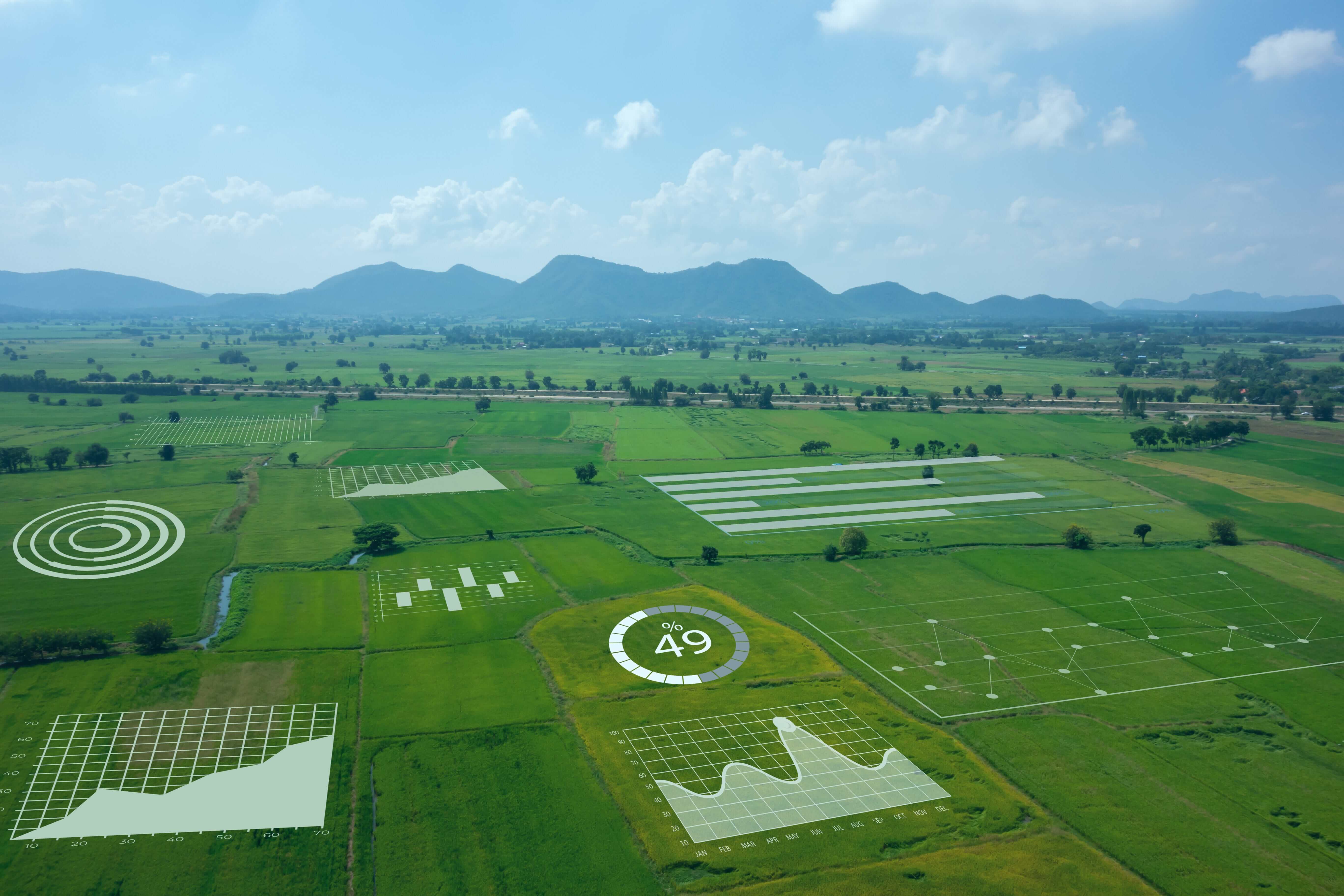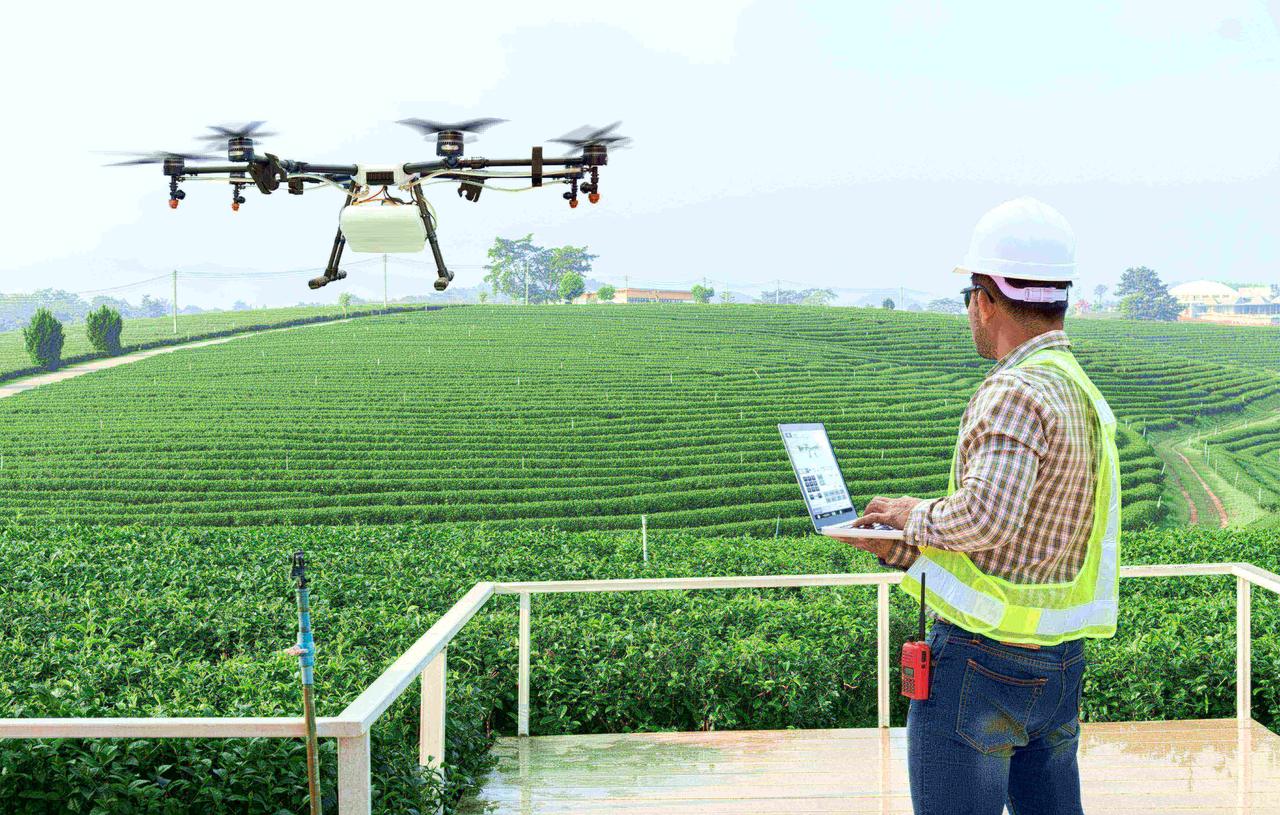Ever wondered how the items on the aisle of the supermarkets are always placed according to what you usually look to buy primarily? Or seen traffic lights that change their functionality based on the traffic volume and congestion, and not just repeat themselves like an endless loop without meaning? Intelligence is no more just human behavior. Today’s technology has turned systems that once depended on external conditioning to now be self-learning and intelligence. This so-called magic has been made possible by the revolutionary multi-layer technology called the Internet of Things or simply, IoT.

How does IoT work?
IoT, in very simple terms, is a hub of different kinds of embedded systems that collect and analyze data fed into them and come together to provide a smart solution that varies based on the changing input conditions. An IoT system typically consists of single or multiple sensors or input devices that are the main source of information for the system. These sensors ‘talk’ to the algorithm stored in the cloud through a form of connectivity. Once this data is analyzed by the software, an action is performed by the end connectors and the action is real data-driven in nature.
This makes the system extremely efficient and reliable in nature. Of course, there is a user interface that helps monitor and facilitates the process with any input changes, if need be. The flexibility and dynamicity of the system are why it is termed ‘Smart’ in nature.
Applications of IoT
The dynamic nature of the system makes IoT truly path-breaking in terms of modern technology. IoT is actually all around us, in systems that we hardly notice. Artificial Intelligence, when combined with IoT results in predictive intelligence.
For example, the aisles in the supermarkets are designed and analyzed based on an AI-based algorithm that depends on IoT. These types of stores are commonly called Smart Shelves or Smart Stores. The footfall near the particular aisle in the store is monitored using heat signatures of the people and based on this, one can know which product is selling like hotcakes and which needs to be pushed, predict the sale of the products with respect to a time frame and even plan strategic placements of other products on the aisle based on this information. Smart Signal systems that change according to the flow of traffic is another similar example that uses IoT integration with Artificial Intelligence.
IoT in Agriculture

The application of IoT with AI, just like in other sectors, is changing the game majorly in the agricultural sector as well. IoT is like a star player for the AgTech team; it brings in the much-needed efficiency and preciseness and is extremely reliable. IoT in agriculture can be commonly termed Smart Farming. This type of hi-tech farming takes a capital-intensive approach, thus making it sustainable for the future. The usage of such systems not only can target large, conventional farming operations but also uplift other modern types of farming such as organic farming, vertical farming, etc., enhancing transparency in farm decision-making.
Smart Farming based on IoT involves the usage of different kinds of sensors that monitor the field based on weather data, soil moisture, light intensity, humidity, temperature, etc. Farmers can also control water flow, and optimize inputs to the field and treatments based on the action suggested by these systems. Let’s explore some of the most used IoT applications in agriculture next.
Precision Agriculture

Precision Agriculture is the most popular application of IoT in farming. As the name suggests, it makes the farming process more precise and pre-planned by involving methods like field monitoring, health tracking and inventory monitoring into farming. In this kind of approach, the system to facilitate precision farm management uses various input components like sensors, control systems, robotics, autonomous vehicles, automated hardware, and variable rate technology. The farmers can perform actions based on the insights procured by this system. Also, by adopting the usage of high-speed internet, mobile devices, and reliable, low-cost satellites (for imagery and positioning), the IoT integrated AI system can give timely alerts and information to protect the interests of the farmland and to minimize yield loss due to weather and pest-based damages. This type of farming ensures proper utilization of resources, and enhances field productivity while keeping the process sustainable in nature.
The AgTech market is booming, thanks to the smart solutions that function based on Precision Farming. SmartFarm Plus, a complete farm data management solution by Cropin, is one such excellent example. Handling data of large farms is quite a challenge and there lies a bigger error probability. Building insights on the collected data is of utmost importance for better decision-making. SmartFarm Plus uses IoT integration for data collection and can also be implemented into large plantations where the data to be collected is humongous in nature. Managing multi-cropping plots independently can also be achieved since the plans can be customized based on multiple crops.
Agricultural Drones:

Who would have thought there would be flying robots like birds about a decade ago? Well, if you did, then kudos to brains like yours, they are now a reality. Drones are the latest technology to penetrate the AgTech space that are adding major value to IoT integrated agri-systems.
The major benefits of using drones include crop health imaging, integrated GIS mapping, and added potential to increase yields. These drones collect data on the field through thermal, multispectral and visual imagery. Through smart strategy and planning based on this real-time data collection and processing, drone technology is giving a hi-tech makeover to the agri sector. Many modern farmers have inculcated the usage of drones into their farms and have seen tremendous positive growth in their yield and the results have been lucrative.
Many solutions in the AgTech market have realized the wonders of IoT integration with Artificial Intelligence and the outstanding results their union can bring into their solutions. Cropin is one such AgTech leader who is now integrating drones and IoT into its AI-based smart solutions. Cropin is consistently working on innovating its solutions and in the nearest future will be bringing this technology into reality with its products.
IoT-enabled agriculture has helped implement modern technological solutions and revolutionize decision-making in farming. This has helped bridge the gap between production and quality and quantity of yield. The ever-increasing population is a very important factor that farmers, agribusinesses, and Agri stakeholders must consider to understand the potential of IoT in Agriculture and implement efficient technologies like IoT integration into their solutions and systems that can only increase competitiveness and sustainability in their productions.
To learn more talk to our Solution Expert today!






